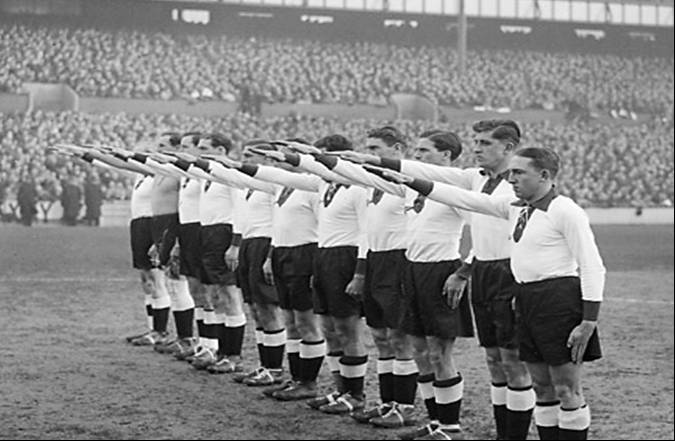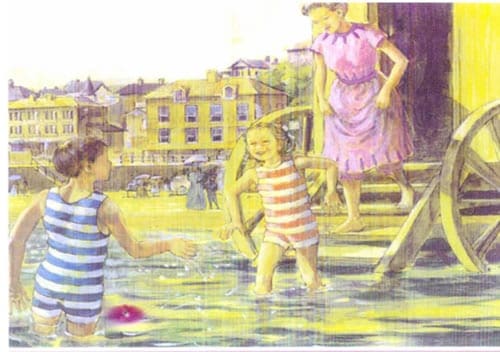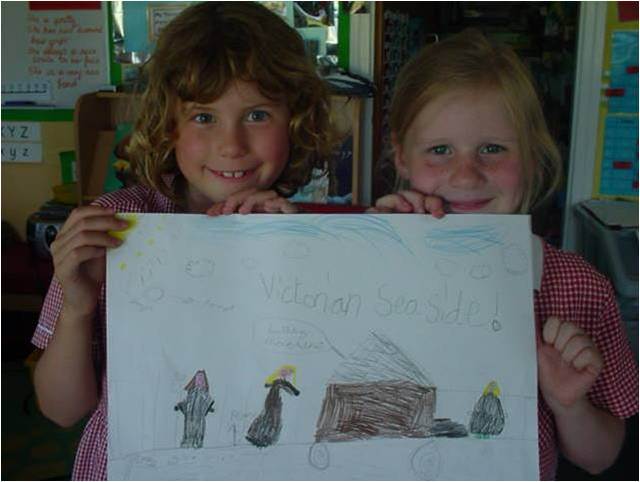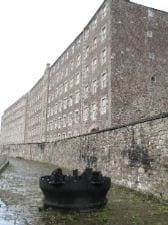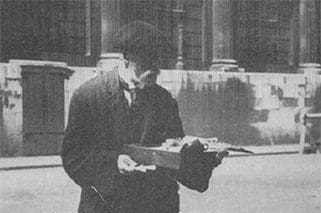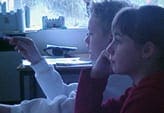
Personalising learning by establishing what students already know about a topic, before beginning teaching.
Case study: Comparing students’ initial perceptions with their end-of-study study views of the First World War
To build effectively on what students bring to the classroom, it is always useful to start a new topic by exploring individual students’ existing perceptions, as well as activating prior knowledge. You might want to do this systematically as in the example shown here. The Y9 teachers in this school wanted to record all students’ individual perceptions of particular aspects of the First World War: those they might have picked up from episodes of Blackadder, literature, war gaming, and any other cultural references. They wanted these to be tabulated so they could then be compared with students’ views at the end of the course. How far had they revised their opinions? What had they now understood differently, or for the first time!
Students were given a set of statements Perceptions of the First World War (see separate downloadable file). There were only a dozen or so of these to make the process quick and manageable. You might want to add to them or change them in any way you wish. Students were asked to respond to the statements in one of the following six ways, all of which reflected the fact some students would have, at best, only a vague understanding of many of the issues.
A. I agree
B. I think I agree, but I am not sure
C. I disagree
D. I think I disagree
E. I am undecided
F. I don’t know anything at all about this, so can’t even guess
It was important to look at the statements that frequently evoked F as the response. It was also important to get a feel for how much the able students knew, or thought they knew.
What the kids in this class said. Your students’ responses may be very different.
- Many will agree
- Most will not know
- Most will agree
- Many will not be sure, unless they have seen Blackadder IV
- Many will believe this to be true
- Room for debate here
- Room for debate here too
- Many will agree
- Many will not know
- Many will not know
- This is true but many will think it is false. 15.2% officers, 2.9 % other ranks.
- This is false but many may think it true. The actual figure was 1 in 7 .
When students returned to their statements they showed a much more sophisticated grasp of the causes. The principal change was in their view of the main soldier’s preoccupations with the cold and wet and the scale of the deaths of officers.

